AFM: 3DMXene was prepared by spray-freezing method to enhance potassium storage performance
QQ Academic Group: 1092348845
Detailed


In modern society, lithium ion battery has been a great success as an energy storage system in electric vehicles and wearable electronic devices.However, with the rapid development of renewable energy sources such as wind and solar energy,new battery technologies for grid-level energy storage urgently need to be developed, especially in the face of limited resources and solar energy, new battery technologies for grid-level energy storage urgently need to be developed,
Ti3C2Tx MXene, as one of the most popular 2D materials, has been widely studied and applied in lithium ion and sodium ion batteries due to its high metallic conductivity and abundant surface functional groups. However, the application of Ti3C2Tx in potassium storage is largely affected by the stack problem that cannot be ignored. Solving the stack problem common to Ti3C2Tx and other 2D materials is necessary to promote their widespread use. Among them, the introduction of "pillar" or template is an effective strategy, but not only the process is complex, and may introduce some low-living materials. Therefore, it is very necessary and promising to develop a universal, simple 3D construction method that does not destroy the original properties of 2D materials.

Recently, professor Cao Dianxue and Professor Zhu Kai from Harbin Engineering University published the title of Advanced Functional Materials, an international high-level academic journal: The research paper on Potassium Ion Hybrid Capacitors, proposes a simple spray-freezing strategy, and successfully prepares A 3D structure Ti3C2Tx which can effectively prevent the stacking problem. The first author of this paper is Dr. Fang Yongzheng.

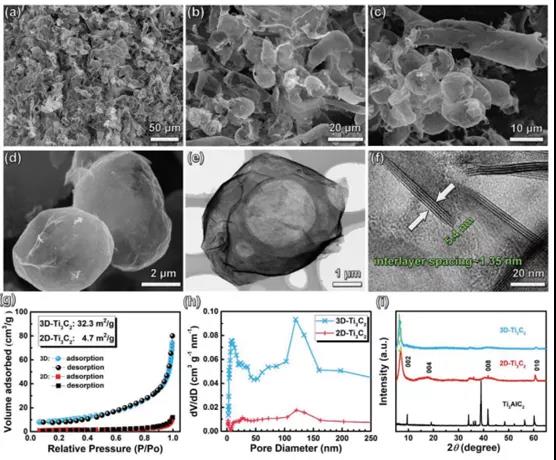
Figure 1.3 Morphology and structure characterization of D-TI3C2.
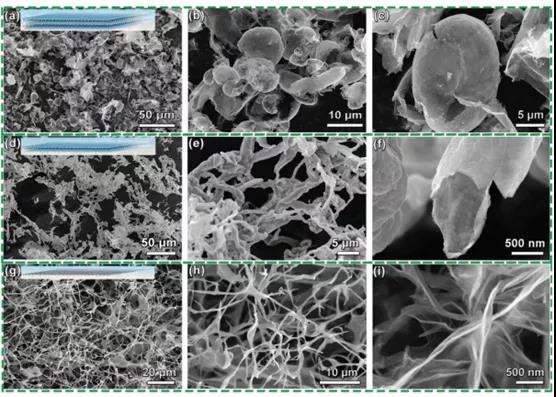
Figure 2. 3D morphologies of Ti3C2, Ti2C and GO 2D materials.
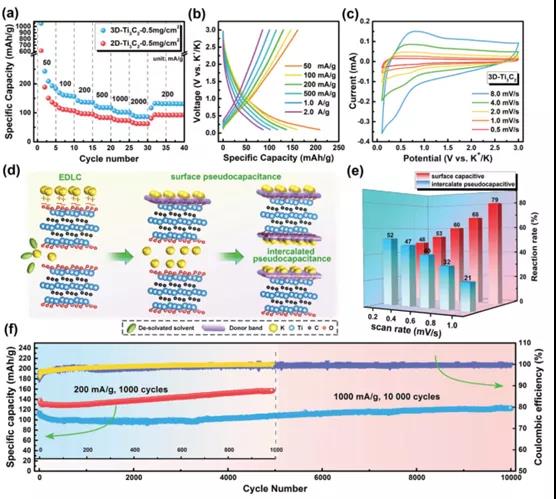
Figure 3. Electrochemical characterization of 3D-TI3C2 electrode.
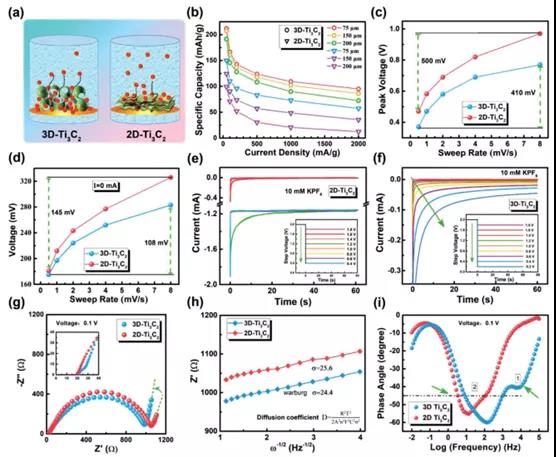
Figure 4. Dynamic analysis of electrochemical polarization and concentration polarization of 3D-TI3C2 and 2D-TI3C2.
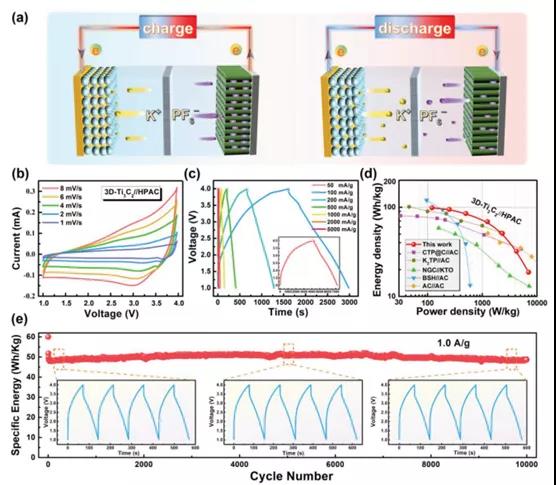
Figure 5. Electrochemical performance of a potassium ion mixing capacitor consisting of 3D-TI3C2 and HPAC.

A novel scalable spray-freezing strategy is proposed to assemble 2D nanosheets into 3D structures. The 3D large hole ball/tube Ti3C2Tx, micro-hole Ti2CTx tube and a nano-coil GO were successfully prepared, which successfully solved the stacking problem of 2D materials in the process of energy storage and electrode preparation. The prepared 3D Ti3C2Tx has a shorter ion transport path and a larger specific surface area, showing excellent multiplier performance and cycling stability. After 10,000 cycles at the current degree of 1A g-1, it has the specific capacity of 122 mAh G-1. In addition, the assembled potassium capacitor, with 3D Ti3C2Tx as the negative electrode and HPAC as the positive electrode, exhibits an energy density up to 98.4 Wh kg-1 and a power density of 7015.7w kg-1. This work provides a new idea for the realization of higher potassium storage capacity.
Literature link:
https://doi.org/10.1002/adfm.202005663
Source: MXene Frontie
This information is from the Internet for academic exchange only. If there is any infringement, please contact us to delete it immediately
- Previous: CEJ: MXene/ Cellulose
- Next: MXene breakthrough: Na


 mxene academic
mxene academic
